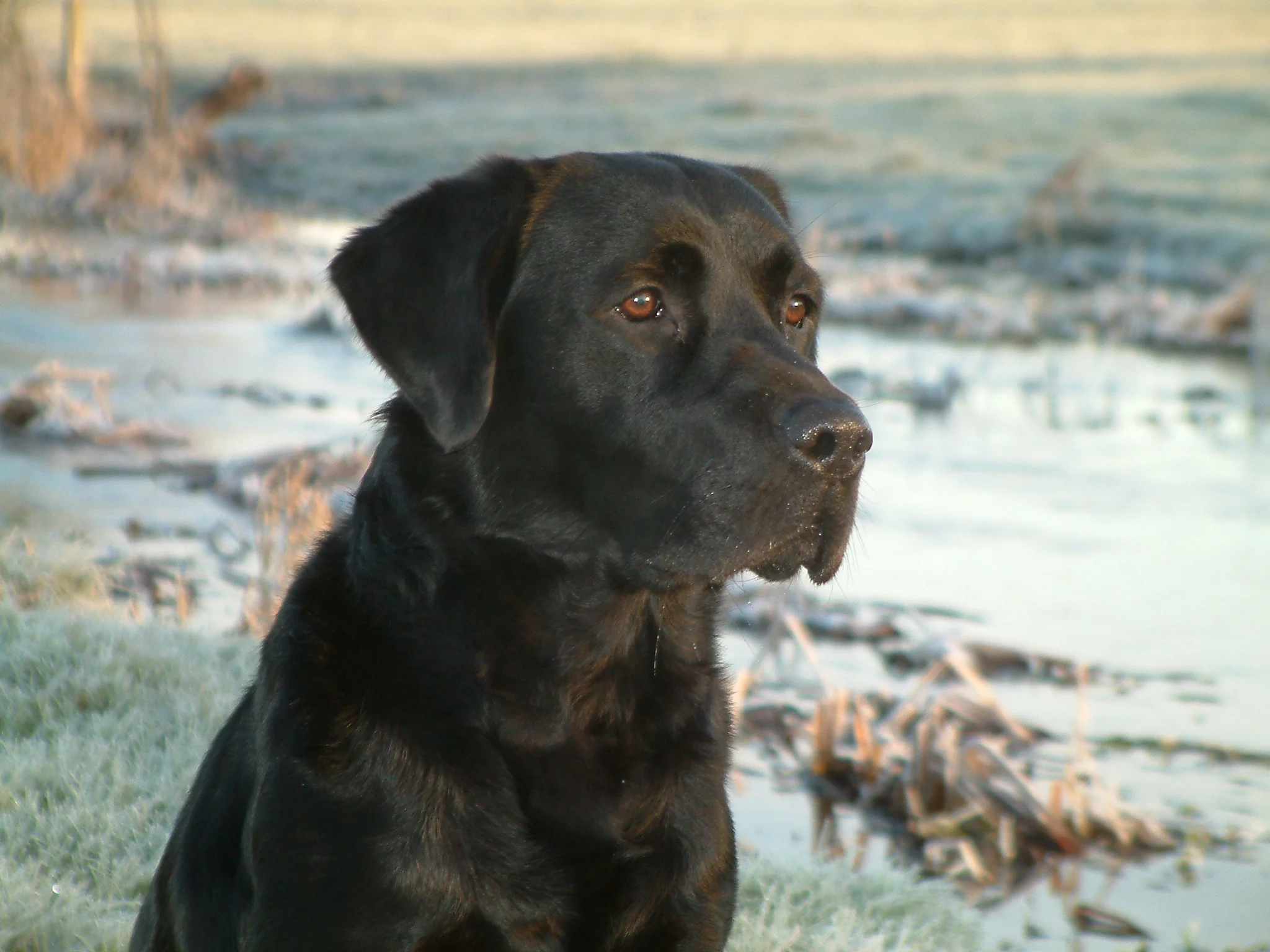There are numerous blogs on this topic out there already. I would agree. How will this one be any different? Not sure yet. The best I can say is that I've been practicing patent law, and in particular patent litigation, for nearly 15 years. Certainly not a long time nor an extensive amount of experience for a lawyer, but enough time to understand some of the nuances of patent litigation practice, perspectives of clients and judges, and also enough experience to digest patent-related legal issues fairly quickly.
I will concede right now that there will be some similarities with other blogs. Over the course of this blog I intend to share some personal, practice-oriented insights that have been touched on by others. That's where some similarities with other blogs may become evident. On the other hand, I intend to focus on the more narrow perspective of how to prepared and develop a prior art invalidity defense. I haven't yet come across many blogs with that perspective.
So one of the answers to "why write this blog" is to share experiences in the trenches with other lawyers about patent litigation defenses in a less formal, but more interactive way, so that we all can learn from each other.
The other reason for the blog is marketing. I'm marketing myself, my firm, and of course, a software solution (PatDek) that can help you in your patent litigation practice. Again, this is probably similar to other patent law blogs. Differences will become more apparent over time, but until then, I hope I can hold your interest.
So here's my first attempt at helping you in your practice, and this does not relate specifically to patent litigation. Take a look at another blog that I follow that deals with the issue of the billable hour and whether it will remain the standard measurement of price/value in the practice of law. The blog is authored by Jay Shepard (Client Revolution) and I stumbled across it about 3-4 months back. It provides a different perspective about the type of dialogue that is occurring between law firms and clients. Even if you don't believe the billable hour is dying, there are a number of takeaways that can help you daily in your practice. See what you think.
That brings me back to the point of this post - why this blog (and more importantly, why write a post about why I'm doing a blog). I attempted to answer the question earlier, explaining that blogging may help in marketing. That seemed like a sensible answer. Problem is, I haven't yet told you who I am, where I practice, which law firm I work at, nor how you can try this supposedly new software I keep mentioning.
How can this blog possibly help with marketing? To help answer that question right now, I'll punt on giving a complete answer and direct you again to Jay Shepard. This "why, how, what" process is something that we're all exposed to without even thinking. Shepard touched on it in one of his posts and links to a very interesting and colorful presenter Simon Sinek. Take a look and check back soon as we move towards some concrete answers.















